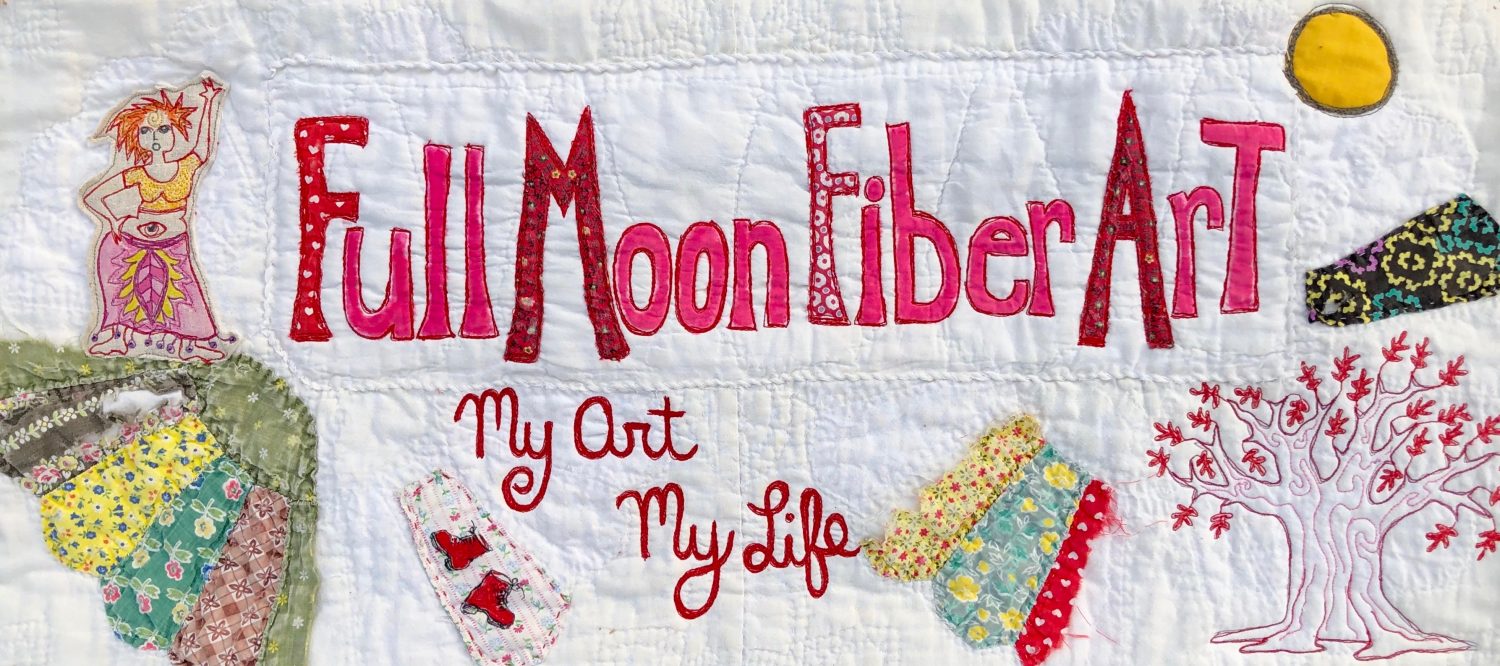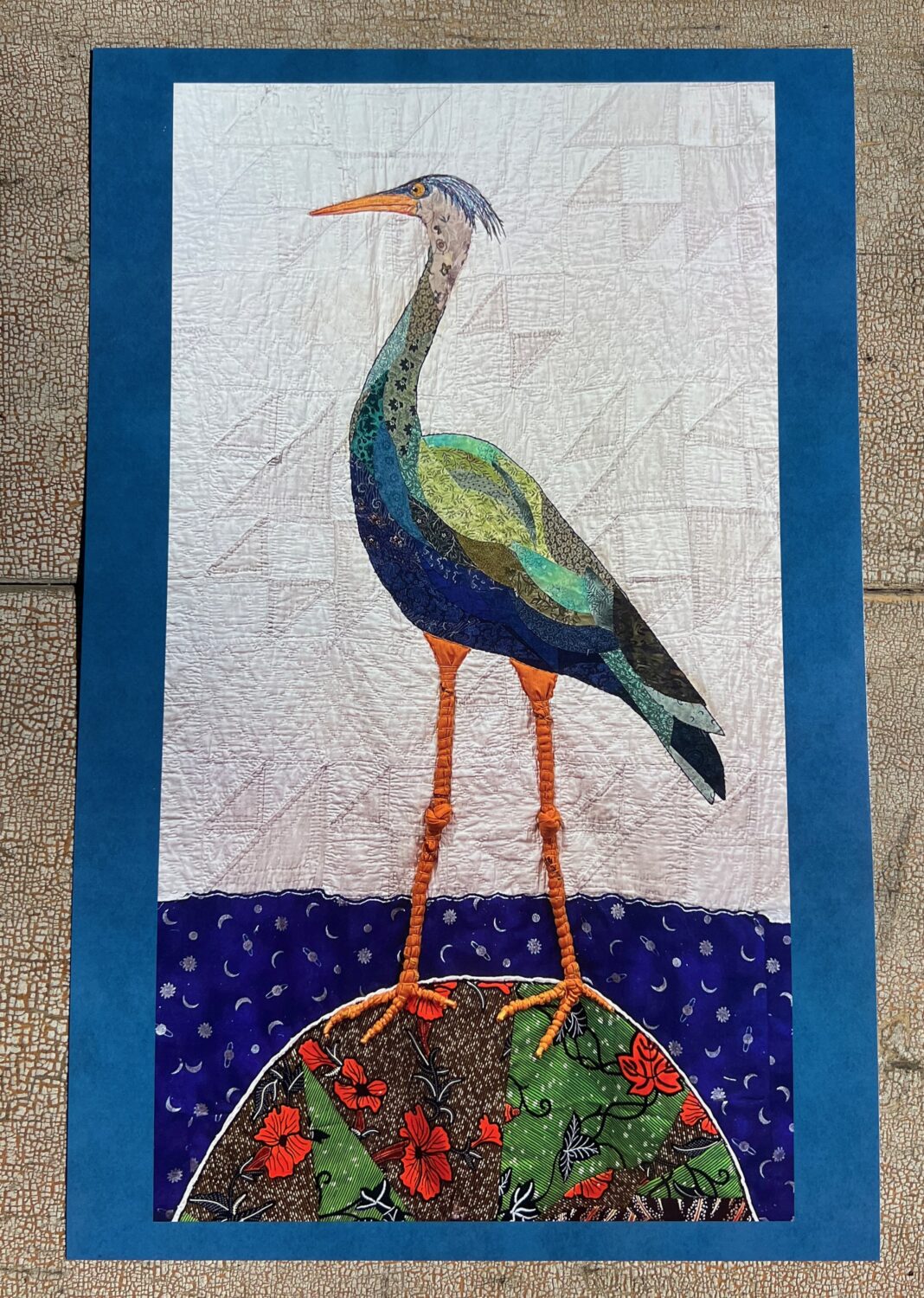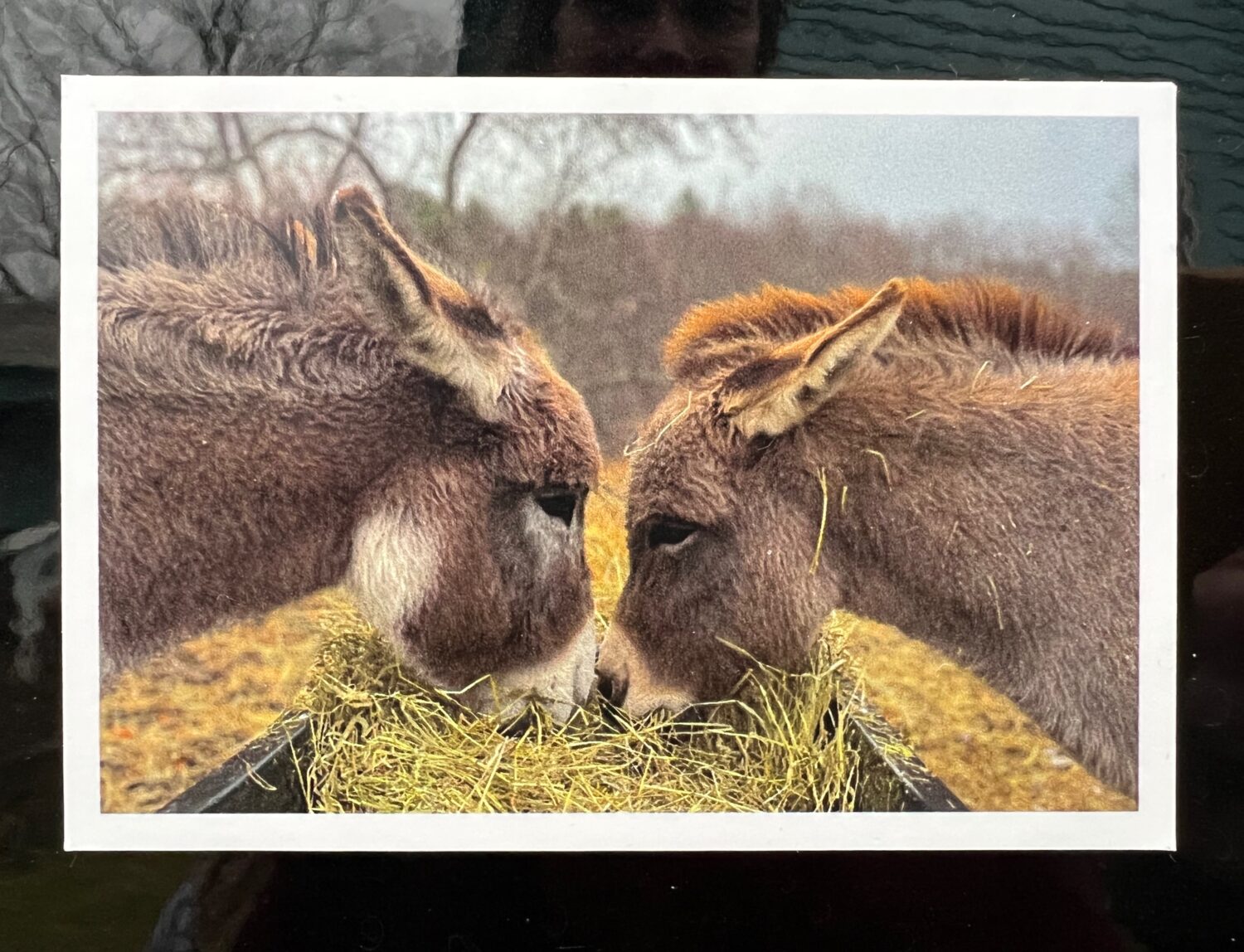
“My mother used to cut up old wool clothes and use them for insulation in her potholders” the woman cutting 10 yards of Insulbrite (the insulated batting I use inside my potholders) at JoAnne Fabric told me. I thought of all the stories I heard about the early settlers dresses catching on fire when they cooked. Weren’t their dresses made of wool?
That was years ago, and I never forgot what the woman in JoAnne Fabrics said because I liked the idea of it. If I used wool as insulation, my potholders would be made of 100% recycled fabric. But, in my mind, I kept seeing a 1950’s illustration of a pioneer woman’s long skirt going up in flames as she leaned over the fireplace.
Then, a couple of months ago, Uta gave me 3 boxes of fabric. One of them was filled with yards of gray and blue and black wool. And when I ran out of Insulbrite last week, I thought of the wool.
So I Googled, “is wool flammable?” and found the IWTO’s (International Wool Textile Organization) Wool and Flame Resistance Fact Sheet. And it seems that the cotton fabric I use on the outside of my potholders is more likely to burn than wool.
So I put a big black X through the bad illustration of the woman’s burning skirt, in my mind, and did an experiment. I made a potholder using one piece of cotton batting and three layers of Uta’s wool. Then I gave the potholder to Jon to try out. I would have tested it myself, but he was already making lunch.
First he used it on the frying pan handle, but that doesn’t ever get really hot, so then he used it to take the cookie sheet out of the oven that the Kale was on. Once I saw he didn’t get burned, I tried it too. Not a trace of heat came through the potholder.
The potholder is a little denser and a little softer, which actually makes it easier to grab with.
I have a few more experiments to do. I think I can use 3 or 4 layers of wool and leave out the cotton batting. So I’ll try that. But I also want to see how it washes. I imagine the wool will shrink if I put it in the dryer, pulling the potholder out of shape. Which would make my potholders not as easy to clean. But would also make them more environmentally sound by using 100% recycled materials and having to line dry them.
I’m open to input, so if anyone know more about this than I do, I’d like to hear what you have to say. And I’ll let you know how it goes on my end.
















This is a lovely idea. Why not try washing and drying your wool (and thus pre-shrinking it ) before you sew it into the pot holders?
It might work to prewash the wool fabric to shrink it before cutting it as batting. I wouldn’t think it would shrink twice. It’d be cool to be able to say 100% recycled.
Wool is pretty much fire-resistant; it will ‘char’ but not flame up. If you want to prevent any washing problems with the potholders, preshrink the wool. Wool shrinks or felts when it’s agitated and the temperature is changed between washing and rinsing- remember, 200 years ago, clothing was washed in a large kettle over a fire. That clothing was wool- as long as it’s washed in hot water and rinsed in hot water, and dried slowly, it won’t shrink. But to use in potholders, you want this to happen, so wash in hot and rinse in cold. If you do this one or twice, that should take care of any possible shrinking problems in potholders.
Just pre wash and dryer dry your wool and you should be fine.
Felt you wool before you use it and it won’t shrink. Just toss it in your washer on a hot water cycle and then dry in your dryer. I steam press mine and it comes out beautiful. Google felting wool for more info. Hope this helps.
Wonderful, Maria! If you’re worried about shrinkage, you could also try felting (pre-shrinking) the wool. It would be a thicker, denser material and you may actually end up using less than three layers.
Hi Maria,
No, wool doesn’t burn. In fact I use my old wool rag rugs on front of my wood stove in case any sparks or hot coals jump out when I open the door. The wool protects my carpet underneath and I know it won’t burst into flames.
I like the idea of lining your pot holders with wool but the shrinking would be a problem. You could make a wool sheet between two large pieces of cotton, and throw that into the washer and dryer to shrink (felt) it first and then cut it into potholder size pieces for stuffing. Might be worth a try.
I use my home-grown Navajo Churro wool that’s been processed into roving then I spin and knit oversize pot holders — some with an appliqued design then felt them in the washer to “normal” size. LOVE them. We have a 100% wool hearth rug in front of the wood stove that gets hot embers on it once in a while — never even leaves a mark. I plan on weaving another rug for the other stove with the roving. I heard a saying from a long time ago, “You can’t set a sheep on fire”….don’t know if that’s true or not 🙂 I think the “fire-proofing” has to do with the lanolin maybe.
You’re potholders sound beautiful Marcia. And yes, it seems if wool burns at all, it’s a slow burn that usually won’t catch. I love the sheep saying. Thanks.
I just love the idea of wool-filled potholders, Maria: 100% recycling all the way. Also, it just sounds like such a cozy idea!
I love the idea of using wool inside the potholders. All my potholders seem to lack enough insullation to protect my hands when I am taking something out of the oven. If yours would have to be line dried that seems fine to me. I love the idea of using wool and then having a potholder that would be environmentally sound. We’d call it recycling to the max!!!! Go for it, Maria.
It is just another positive step in your evolution as a creative and artistic soul.
Stay warm and toastie.
Jane
Maria,
Try felting the wool fabric in the washer and then dryer. Then cut out your pieces to make the lining. You may find that you won’t need as many layers of the felted wool.
Nest,
Mundi
Maria try fulling or felting the wool before you use it in the pot holders. Once wool is felted it doesn’t shrink much more and essentially becomes machine washable. It also makes the fabric more dense so you would not need as many layers for insulation. Great idea to reuse the fabrics and love your design sense.
Could you quilt a grid to keep the wool in place? Or preshrink the wool fabric prior to using it if it hasn’t already been washed/felted? I would think it is a great innovation.
I’m going to preshrink Maggie. Thanks for your input.
I’ve always cut up worn out bath towels to use inside potholders. I would imagine pretty much any bulky fabric would have adequate insulation. The problem with wool might be shrinkage if the potholder goes through the laundry. Are you pre-shrinking it?
I am now Kristy. I got some good advice from Vicki who told me to felt and dry the wool first. That’s what I’ll do from now on. Like your idea about towels too. Thanks
I love that it’s good for the environment, the person using it and it’s pretty!
Good to hear Carol thanks for the feedback.
I’m on a potholder project too-and a new knitter! How do you all put your insulation in? Do you just lay the layers in, or do you sew it to the inside of the potholder before closing it up?
I’m still experimenting with it Kayleigh. but I think the layers need to be sewn together before I put them in so they don’t shift so much.
If I use regular felt inside a potholder, will it distort when washed & dried?
I’m not sure Krisha, I’ve never used felt.